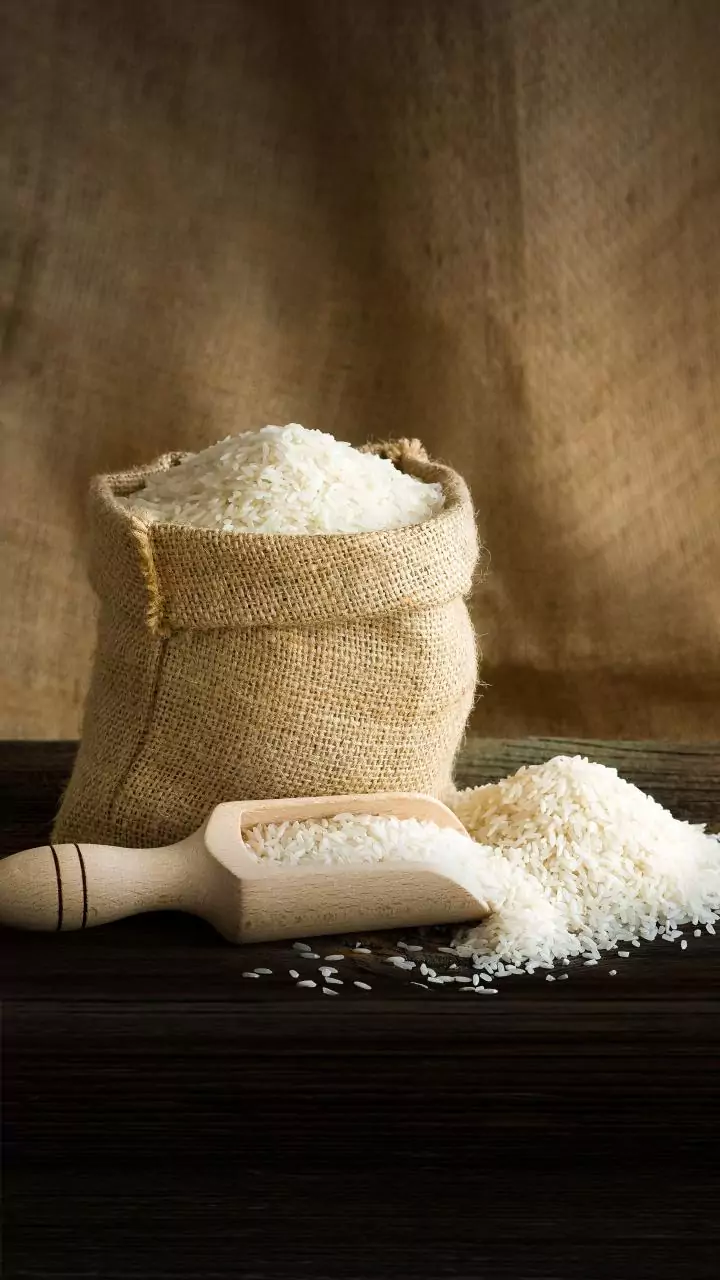Desert's Ultimate Survivor
Tidestromia oblongifolia, a plant found in the harshest desert environments, has captured the attention of scientists. While other plants wither, it thrives
under conditions of extreme heat, reaching temperatures of 50°C. This exceptional ability is due to a series of remarkable adaptations that have allowed it to flourish where others fail. Its resilience is a testament to nature's capacity to evolve and adapt, even in the most unforgiving landscapes. The study of this plant offers valuable insights into the limits of plant life and potential agricultural advancements. Its ability to survive in such extreme conditions offers scientists an understanding of how to make crops that are more heat resistant.
The C4 Advantage
At the heart of Tidestromia oblongifolia's survival lies C4 photosynthesis, a specialized process that provides a significant advantage over other plants. Unlike the more common C3 photosynthesis, C4 photosynthesis efficiently captures carbon dioxide, even in hot and dry conditions when the plant's stomata, or pores, are partially closed to conserve water. This process helps Tidestromia oblongifolia to maintain high levels of photosynthesis, minimizing water loss while maximizing carbon uptake. This system allows the plant to thrive in environments where other plants struggle. C4 photosynthesis can prevent photorespiration in conditions of high heat and bright light. This ability is crucial for the plant's continued growth and prosperity in its harsh habitat.
Cellular Heat Resistance
The internal workings of Tidestromia oblongifolia's cells also play a crucial role in its heat tolerance. Specific cellular processes and structures have evolved to withstand extreme temperatures. The plant's proteins and enzymes are designed to remain functional even when exposed to high heat. Additionally, the plant utilizes mechanisms to protect its cellular components from heat damage, such as the production of heat shock proteins. These adaptations collectively ensure that the plant's cellular machinery continues to function even under conditions that would be lethal to most other plants. The resilience of the cells is what allows the plant to thrive in conditions where others struggle.
Future of Crops
The study of Tidestromia oblongifolia holds significant promise for agricultural innovation. By understanding the plant's unique adaptations, scientists can potentially develop new crop varieties that are more heat-tolerant and water-efficient. The application of these findings could be particularly beneficial in regions facing climate change and water scarcity. Developing crops that can thrive in hotter, drier climates could significantly improve food security and reduce the environmental impact of agriculture. The research on Tidestromia oblongifolia shows potential for agricultural developments to address the challenges posed by climate change. As the Earth continues to warm, the ability to grow crops that can endure these conditions becomes increasingly essential.
From Desert to Fields
The knowledge gained from studying Tidestromia oblongifolia could influence agriculture practices and methodologies. Insights into the plant's genetic makeup and physiological processes could lead to the development of new farming techniques that improve crop yields and resource efficiency. Moreover, this research could inform strategies for sustainable agriculture, enabling farmers to cultivate crops in challenging environments. The study of this plant could potentially offer sustainable solutions for farmers to grow more food in harsher, hotter, and drier climates. This could lead to a global food supply that is more stable and robust and lessen the impact of climate change on food production.














